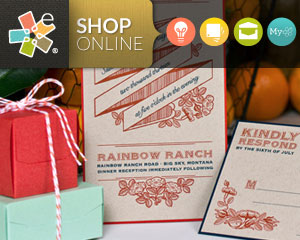I have been working at my new school for the last 5 months. I have finally tackled the closet! As you know, teachers love to hoard things and we especially have the mentality of "we'll use this next year". For the most part, we all know we don't end up using it next year!!
The closet I inherited was not messy, but at the same time, it wasn't organized in a way that my brain works. So the first thing I tackled in my closet was the puzzles! There were some in boxes, baskets, and plastic bags. My first priority with puzzles is that it's useful, all the pieces are complete, and easy access. I decided to purge the puzzles. I tossed puzzles with missing pieces. What's the point in keeping them when the kids will feel defeated when they were all done only to find out they were missing that 1 or 2 pieces. (Ok, so maybe the puzzles with missing pieces could have been used for another activity... but at this rate, I'm just purging. I'll regret it later... maybe.)
Tip #1: Bag 'em!
I decided to bag all puzzles and toss the box. I work with 4 and 5 year olds which means fine motor development is still in progress. Regular zip bags (without a zipper tab) don't work so well in this age group. I find it that the bags are partially left opened and pieces tend to fall out. Let's face it, we need to make our lives easier. I decided to go to my local Target and purchase the the bags with the zipper. I like the Up &Up Target brand because it is plain... as in, all clear with just an area that "date and contents". I could live without that. I like the red zipper which means "close me" or "open me". I'm not being paid by Target to vouch for their product. It's purely my preference to pay less and have it highly functional. (Plus I'm guilty of being a Target-aholic!) You can buy the ZipLoc or Hefty brand and I'm sure it works just as well (or may be better, who knows!).
Tip #2: Puzzles for older children can work with these little guys too!
This puzzle tip works wonders. I inherited puzzles that were meant for older children. Sometimes there are way too many pieces or they don't have a frame to help with boundaries of the puzzles. I decided to make puzzles dual purpose.
1) To understand how to put a puzzle together.
2) To be able to put a puzzle together with little to no help.
Tip #2 is really important to me. I have 20 four-year-olds in my class and 1 aide. I can't really help a child who is at the puzzle center while I'm working in my small groups. So to make them feel successful, I coded the back of the puzzle. Some puzzles have numbers 1 to 20* (or depending how many pieces). Since they need to master numbers 1-30 before the end of the school year, I have puzzles that range from 2 pieces to 30 pieces. I also have challenge puzzles that have more, but that's for later in the school year. I wrote the numbers on the back of the puzzles from left to right. This reinforces that we read and write from left to right.
*You can also use the alphabet and have them put it together from left to right.
For those learning puzzles that have you match to make a pair, I coded the back with the capital letter matched with a lowercase letter. For example, piece 1 will have
A and piece 2 will have
a. You can also use numbers. The first piece can have the numeral and the second piece can have dots (array) to represent the number. For the older children you can have words using a prefix, root/base word, and suffix.
I will add more tips for puzzles as I come across them.
How do you use puzzles with your own children or classroom? Share your ideas!


























